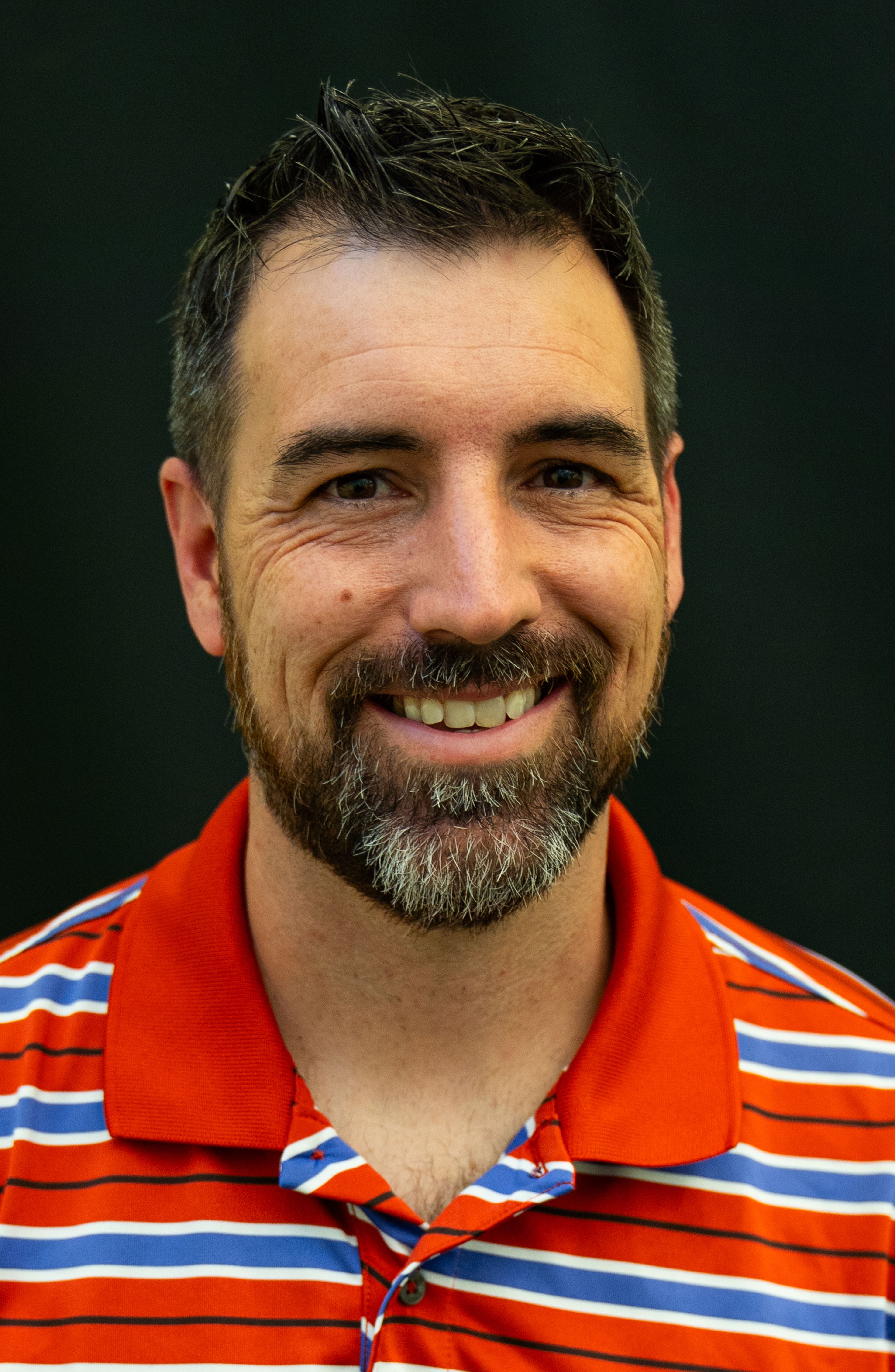Emergency management director reviews recent earthquake summit
Bollinger County's emergency management director, Kevin Cooper, discusses insights from the recent earthquake summit in Cape Girardeau.
Kevin Cooper, emergency management director for Bollinger County, recently attended an earthquake summit. This year’s version of the event occurred March 18 at the Osage Centre in Cape Girardeau.
“It’s a group of people who started off just as emergency responders but the (state’s) seismic safety commission, and others, felt the need to branch out,” Cooper said. “If the earthquake were to happen, here in the New Madrid Seismic Zone, there is going to be so many more involved. It will be on a massive scale, so it won’t be just responders from Bollinger County or Cape or whatever. It will be similar and likened to the tornadoes of the past weekend (March 14-15), because they were spread all over Southeast Missouri. This will be even further, because the damage projections, Southeast Missouri, southern Illinois, western Kentucky and Tennessee, northern Arkansas — that’s just the main damage area.”
While the earthquakes from more than two centuries ago caused widespread damage, it’s uncertain when another quake of that magnitude will occur.
“It’s been reported that when the one went off in 1811 and 1812 because it was a series of earthquakes, it rang church bells as far away as Boston,” Cooper said. “We are sitting on not necessarily the most active but the largest ever and biggest fault line throughout the United States.”
Many may be familiar with earthquakes out west, but Cooper cautioned that a significant earthquake could take place closer to home.
“California has earthquakes all the time,” Cooper said. “It’s a very active fault. This area is different because of the geology and the tectonic plates and everything else. If one were to go off here of the 6 or 7 magnitude, it’s going to do massive damage all the way of the St. Louis and beyond and south and hit Memphis (Tennessee) below.”
“They have them out there, and they’re bad,” he said. “I’m not trying to lessen the impact of an earthquake out there. It really gets into the makeup of where we live. The topography, the makeup of the earth’s crusts and the layers below. We have them here. Not frequently but fairly often. usually, so far, they’ve been very deep and on the 2.1, 2.3, 1.3, 1.4 (scale). So they’re there and they are causing activity but it’s not of an immense portion (to cause widespread damage or destruction)."
Areas that could potentially be impacted by a large earthquake include Sikeston, Poplar Bluff, Portageville, Cape Girardeau and St. Louis.
“We’re probably at the epicenter,” Cooper said.
The St. Louis region will likely be impacted but Cooper noted there are probably contrasting areas of concern.
“That’s important but it’s totally different than the needs here,” he said. “Here, transportation is going to be shut (down). All these bridges and overpasses we have along the highway and interstate within each of the counties here, they’re going to have to all be inspected before they can be opened and released. There is an evacuation plan for Southeast Missouri. They have set up kind of respite centers in the area because we’re not going to be able to go east because of the Mississippi (River).”
Evacuation may be key if a substantial earthquake hits, according to Cooper.
“They are sending people generally west and north, toward Springfield toward Kansas City,” he said. “
They expect St. Louis to have a major impact, and they’re going to have to take care of their citizens there.
Each year, the earthquake summit features a series of speakers and presentations.
“There is an earthquake predictor,” Cooper said. “What it does is take the area we’re living in … everything for Marble Hill and Bollinger County. Due to the information they have obtained over the years, they can predict kind of the damage level for the area depending on the intensity of the quake.”
It doesn’t specifically say when and where an earthquake will occur, Cooper said.
“They try every year to have some of the same things,” Cooper said. This kind of offers a review of earthquake preparedness, though there is newer software that focuses on earthquake prediction, and earthquake insurance has been a focus in recent years.
“The damage to devastation would in some cases be as great or greater than one would experience with the direct hit of a tornado.”
The full listing of this year’s presentations at the Osage Center can be found at https://sema.dps.mo.gov/earthquake_preparedness/summit.php.











